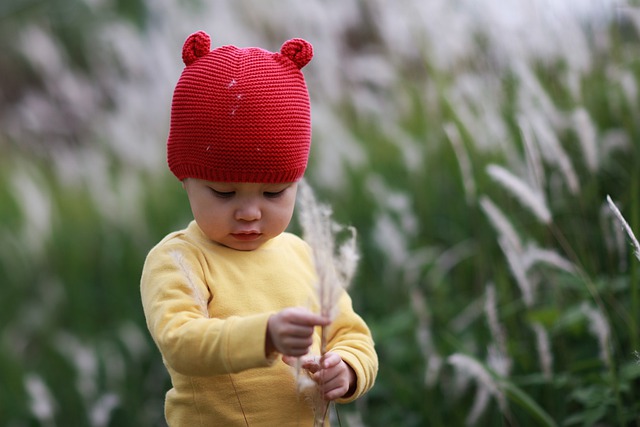In a previous post I explored the benefits of solitude and silence in nature. Cultivating the practice of being alone in nature can help us to develop self-awareness, patience and self-regulation. It can be useful for gaining insight into the limitations of our perspective on issues such as personal conflict and can provide clarity and insight by enabling us to access our “inner voice”. With increased engagement with nature, we can better understand our life purpose and find creative ways to employ our skills and experience for the benefit of others. But how do you engage effectively with nature to access these benefits?
Ways to engage with nature mindfully
Ruth Allen, in her book How Connection with Nature Can Improve our Mental and Physical Wellbeing, offers multiple suggestions on what we can do to increase the frequency and intensity of our engagement such as:
- Mindful photography – this had immediate appeal for me because I love taking photos of sunrises and sunsets, rainforests, beaches, and birds that inhabit waterways, such as ducks, pelicans and water wrens. Adopting a purposeful approach to photographing nature enables us to be fully in the present moment, to notice the detail and attractiveness of what we are trying to capture and to clear the noise and clutter in our head. Ruth suggests too that we can employ the photographic images as a way to represent our emotions and, in the process, increase our self-awareness. Ruth’s book is full of illustrations of mindful photography as well as her wisdom about nature and its connectedness that she has developed through personal practice, experience as an adventurer and her professional endeavours as a geologist and eco-psychotherapist.
- Gardening – whether you are pottering around in a garden or cultivating plants in pots, you can gain the experience of the smell of the earth, the sight of the different plant species and the touch and texture of both soil and plants. Developing a herb garden gives an even wider range of aromas, textures and taste. Gardening gives us access to intense sensual experience covering not only sight, taste, touch, and smell but also the potentiality of listening to birds as they traverse our space or reside in our bird-attracting trees and plants. Consciously cultivating plants, shrubs and trees that attract birds, bees and butterflies increases our sensory experience of nature in our own yard. Often nature is literally at our doorstep and we fail to engage effectively with it, just taking it for granted as a backdrop to our busy, noisy lives.
- Notice the small things in nature – often the large aspects of nature such as clouds, mountains, sky and oceans capture our focus at the expense of observing the small things in nature. While the macro aspects of nature are indeed awe-inspiring and give us a sense of expansiveness, the micro level provides its own fascination through its diversity, intricacy and connectedness. We can observe at the micro level by close observation or by what Ruth calls, “soft fascination”. Close observation entails focused attention on something micro like a leaf, insect or stone and closely observing its features and marvelling at its distinctiveness whether that be its colours, patterns,, textures, shape or some other feature. Soft fascination, on the other hand, involves letting our eyes “float” across a section of landscape while allowing our mind “to drift into a state of reflection and introspection”.
Reflection
Engagement with nature brings countless benefits and Ruth draws on the scientific evidence of these in her book, including the work of Stephen and Rachel Kaplan. There are many ways we can practice this engagement extending from close physical observation to mindful photography. We just need to form the intention to maximise our engagement with nature to harness these benefits. We can meditate on nature and as we grow in mindfulness, we can enhance the benefits that accrue. Through mindfulness cultivated by mindful observation of nature and nature meditation, we can develop stillness and silence, attention and concentration, awareness and insight and a deep sense of connectedness and interconnection.
_______________________________________
Image by Hai Nguyen from Pixabay
By Ron Passfield – Copyright (Creative Commons license, Attribution–Non Commercial–No Derivatives)
Disclosure: If you purchase a product through this site, I may earn a commission which will help to pay for the site, the associated Meetup group, and the resources to support the blog.


